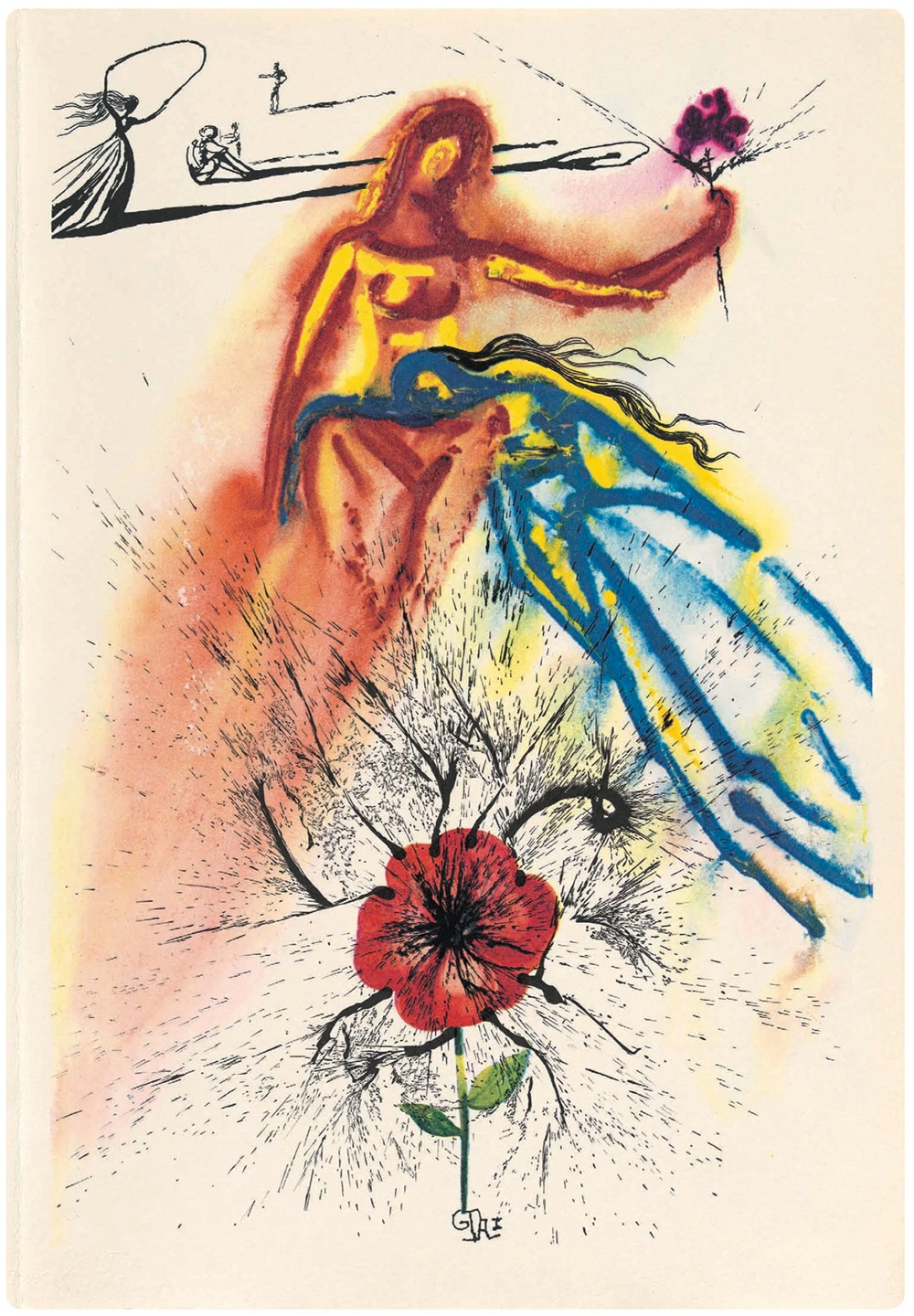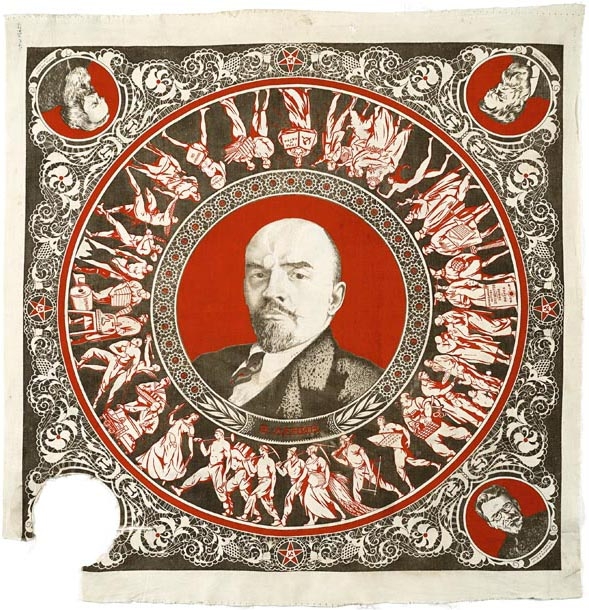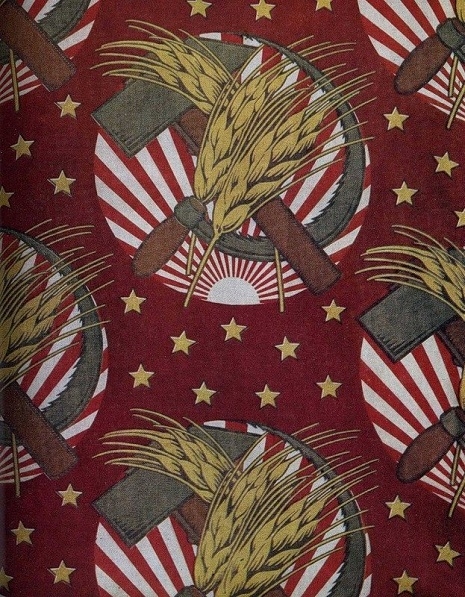Last Friday, we mentioned how Google’s artificial intelligence software DeepMind has the ability to teach itself many things. It can teach itself how to walk, jump and run. Even take professional pictures. Or defeat the world’s best player of the Chinese strategy game, Go. The science of teaching computers how to do things is called Deep Learning. And you can now immerse yourself in this world by taking a free, 3‑month course on Deep Learning itself. Offered through Udacity, the course is taught by Vincent Vanhoucke, the technical lead in Google’s Brain team. You can learn more about the course via Vanhoucke’s blog post. Or just enroll here. (You will need to create an account with Udacity to get started.)
The free course takes about 3 months to complete. It will be added to our list of Free Computer Sciences courses, a subset of our larger collection, 1,700 Free Online Courses from Top Universities.
If you would like to sign up for Open Culture’s free email newsletter, please find it here. It’s a great way to see our new posts, all bundled in one email, each day.
If you would like to support the mission of Open Culture, consider making a donation to our site. It’s hard to rely 100% on ads, and your contributions will help us continue providing the best free cultural and educational materials to learners everywhere. You can contribute through PayPal, Patreon, and Venmo (@openculture). Thanks!
Related Content:
Google’s DeepMind AI Teaches Itself to Walk, and the Results Are Kooky, No Wait, Chilling
Learn Python: A Free Online Course from Google
Take a Free Course on Digital Photography from Stanford Prof Marc Levoy












